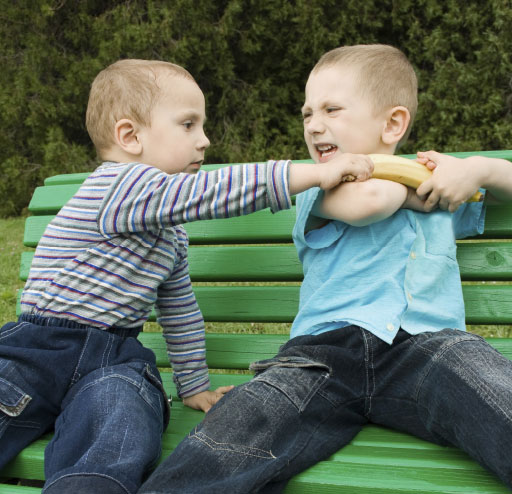Download a printable copy of this article (PDF 326KB)

- Great behavioural improvements come from firm and fair approaches.
- Throw in a feeling to begin practising restoratively.
- Use your restorative time wisely.
- Recidivists need to know the consequences up front.
- Apologies of action work best.
Most of us are comfortable in the belief that any good and effective behaviour management work needs to be both firm and fair.
“The greatest gifts you can give your children are the roots of responsibility and the wings of independence.”
– Denis Waitley
Firm – in that the expectations for behaviour in our schools should be high. Long term behavioural improvement in a school where standards, rules and expectations have been compromised or watered down does not happen.
Fair – in that we should be supportive, nurturing and encouraging of our students in meeting these standards.
The challenge, then, is how to apply this firm and fair principle consistently. My contention is that Restorative Practice is the most powerful tool available to any school to build a culture that rejects inappropriate behaviour choices such as bullying in the long term and deals with behaviour infractions as they occur in the short term.
There are varying reports on the efficacy of Restorative Practice. Whenever I speak with educators who take a dim view of Restorative Practice they usually refer to two key problems. First, that it takes too long and then that it’s too soft. This needs further examination.
The issue about time is understandable but is usually the result of inappropriate training and a reliance on the established set of Restorative Questions.
We need to remember that a very high percentage of our interactions in schools, amongst staff, students, parents and carers, are informal. As such, it’s at the informal end of the continuum where we need to be skilled and not waste our time. For low level behaviour concerns, just start by stating a feeling. If all staff can collectively commit to “Hey, it disappoints me to see you drop rubbish on the ground. I think you should get that to the bin” rather than “Hey, don’t drop that rubbish on the ground. Put it in the bin” then we commit to reinforcing the notion to our young people that their actions actually do impact others. Watch the transformation in behaviour when that penny drops.
It’s the issue of softness that is a problem. Surely it is soft to send unruly students to a corner or to detention where they can hide from the real impact of their behaviour on others. However, repeat offenders test the worth of any approach, and Restorative Practice must sit that test too. With these students, a key component of a fair process is missing – Expectation Clarity. Most of these students need to know with absolute certainty what will happen if they fail to live up to a new, clearly outlined standard. When they do fail, because behaviours change gradually, you can point out their commitment to the standard and follow through, every time. This way, repeat offenders are exposed to the labour of repairing the harm they have caused, and the established consequence/punishment/sanction. Over time it’s too much hard work for them to keep exhibiting that behaviour!
We need to make a choice on which of the three pathways to place recidivists.
- An arbitrary consequence and an argument over fairness.
- A sorry or another more meaningful apology of action.
- Both – with the consequence articulated by the offender prior to the next offence.
The obvious option is not soft.







